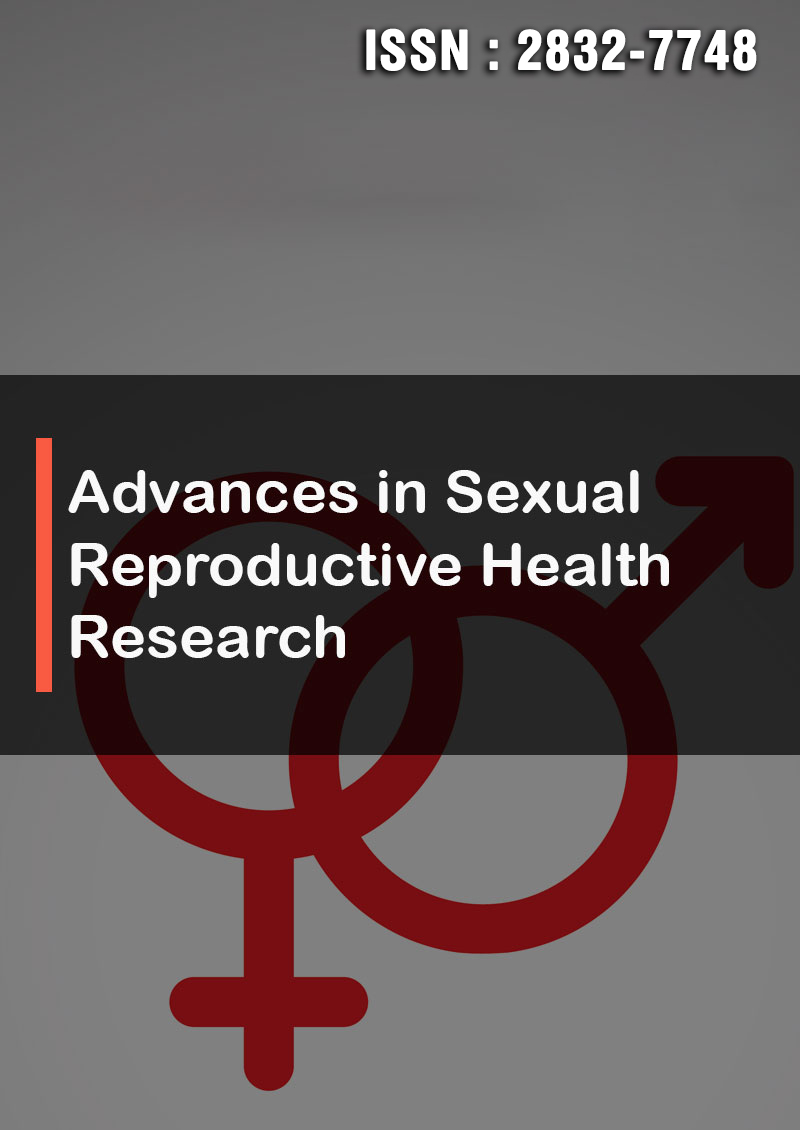Factors Influencing Uptake of STI Screening Among Adolescent Female Sex Workers in Mukono District
Abstract
Nakkazi Joan and Miisa Nanyingi
Background: Worldwide, more than 1 million Sexually Transmitted Infections (STIs) are acquired every day and female adolescents aged 10 to 19 years are almost twice more susceptible to STIs than boys of the same age. The highest STI prevalence has been reported among key populations such as Female Sex Workers (FSWs) and fisher folk. This study investigated the factors influencing uptake of sexually transmitted infections screening among Adolescent Female sex Workers (AFSWs) in Mukono district, Uganda.
Methods: In this cross-sectional descriptive and analytical study, a total of 355 AFSWs based on the streets, bars, lodges, hotels, brothels, landing sites and other entertainment places in Mukono district were recruited using snowball sampling. Data was collected using pre-tested semi-structured questionnaires through face-to-face interviews with the help of trained research assistants. Data collected was entered into Epi-Data and then exported to SPSS for analysis. Analysis was done at three levels; Univariate for descriptive summary, Bivariate to test for possible association between each independent variable and the outcome variable, and Multivariate logistic regression to control for possible confounding effects of the independent variables. Chi square (χ2) test was done and p value 0.05 used to determine the association.
Results: This study found that uptake of STIs screening among AFSWs was 32.1%. AFSWs who reported that STI screening wasn’t embarrassing were 3 times more likely to take-up STI screening than those who said uptake of STI screening was embarrassing (PR=3.45, 95%CI=1.96 - 6.09, P=<0.001). AFSWs who reported that STI screening wasn’t painful were 5 times more likely to take-up STI screening than those who said uptake of STI screening was painful (PR=5.45, 95%CI=2.78 - 10.66, P=<0.001).
Conclusion: STIs screening rate among AFSWs in Mukono district was at 32.1%. Individual factors (attitude) and health facility factors were found to be the real influencers of uptake of STI screening among AFSWs in Mukono district. We, therefore, recommend that government scales up provision of sexually transmitted infection screening to even cater for high risk and vulnerable groups to facilitate and increase access to STI screening




